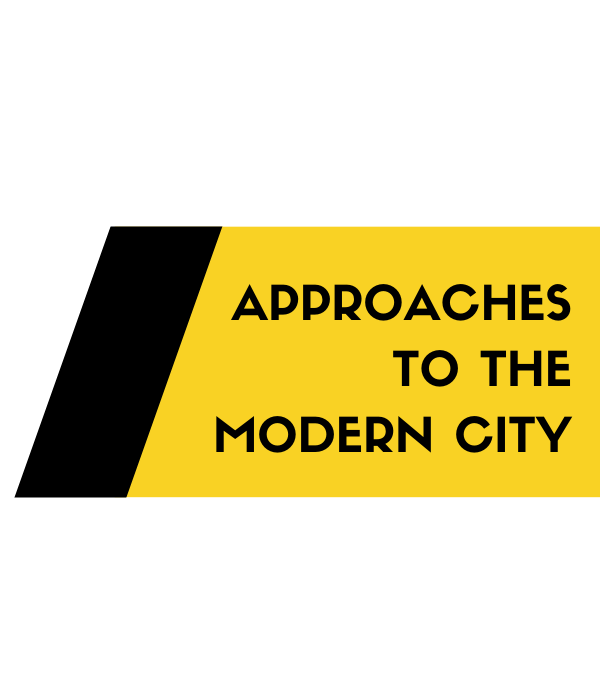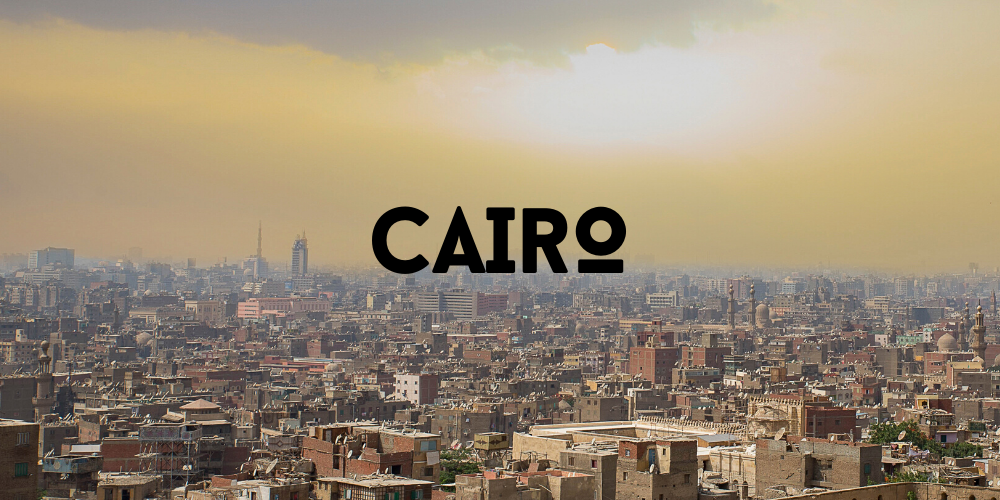By Rosalie Lovy
Cairo, as the capital of Egypt, typically conjures images of crowded streets set against the epic backdrop of the Pyramids at Giza. Cairo has risen to global relevance after the upheaval of the Arab Spring and has a complicated colonial political past. Prior to that, Cairo experienced periods of conquest, intellectual flourishing, and relative anonymity as part of a succession of distinct empires, each of which left its physical mark on the city. Modern Cairo is known as a rapidly expanding megacity plagued with overpopulation, inadequate infrastructure, and corruption. Cairo’s long past and enormous size defy efforts at categorization or easy description, yet certain key elements are useful in examining its many facets.
The first of these is the importance of Islamic culture. The link to other Muslim countries is evident in Egypt’s diplomatic history as well as in the inspiration and sources of funding for its urban development projects. Its identity as an Islamic society contributed to colonial-period fantasies of an exotic tourism destination and informs its civic life today. The traditional family structure and the role of women within the home have influenced the architecture of historic areas, notably in the intricate latticework screens designed to shield domestic life from the street. The city’s centers of culture, religion, and learning are also tied to this religious identity. Great mosques and universities remain some the most venerated sites for locals as well as tourists and are key elements of the city’s eclectic skyline. While this identity dominates, the diversity of Cairo is also significant to its historic development as well as contemporary challenges. The strong presence of Coptic Christians as well as a traditional Jewish community add depth to the religious and social identity of the city. The history of English and French presence in Cairo is reflected in its sizable European quarter, copied directly from Haussmann’s Paris, and key cultural relics such as grand hotels, theaters, and restaurant show the immense influence European rulers had on the downtown neighborhoods.
An additional crucial element is the massive and growing population of Cairo, the majority of which lives in extreme poverty. This complex world of informal settlement and development as well as the secondary and tertiary economies based on illegal economic activity and government corruption colors every aspect of the city, from the service industry to law enforcement to agricultural output. Explosive growth has led Cairo to overflow its historic boundaries and spill into surrounding areas that once were barren desert. Meanwhile, the city’s elites reside in luxurious gated communities and maintain themselves through connections to wealthy gulf real estate developers, oil companies, and European investors. This small group directs government policy and will likely guide planning and development projects in the future.
The three aspects of Cairo addressed in these reports—Tourism, Waste Management, and Real Estate—touch on these elements of the city’s history and culture, although they in no way exhaustively illustrate their true importance. Overall, the image of Cairo presented here is one of a city shaped by its elite class yet reliant on its massive lower class. As the city grows, its layered history and unique contemporary pressures will continue to shape its cultural, economic, and spatial identities.

